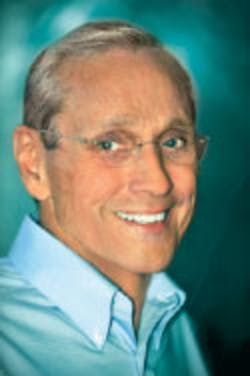Many of you travel to a number of trade shows throughout the year, whether to attend a technical presentation on building modular test systems, view the newest ATE on the exhibition floor, or learn about the recent introduction of a PXI instrument. Trade-show attendance, at least for the shows EE participates in, is not overwhelming in terms of the number of engineering professionals taking part in the conference and visiting the exhibiting companies.
For example, at the International Test Conference (ITC) held in Austin, TX, in 2009, the number of attendees plus exhibitor personnel was 1,214 while ITC in 2010 was practically identical at 1,217. ITC 2009 had 837 attendees while ITC 2010 had 927 attendees. However, ITC 2010 had 16% fewer exhibiting companies than 2009, a decline possibly caused by OEM mergers and acquisitions along with a weak economy.
Similarly, AUTOTESTCON 2009 held in Anaheim, CA, gathered in a little more than 800 attendees who had the opportunity to visit 140 companies and government agencies on the exhibition floor. In Orlando, approximately the same number of people attended AUTOTESTCON 2010 where they could visit 153 exhibitors.
Of course, most engineers go to trade shows to see and hear the technical program and participate in discussions with the presenters. Both ITC and AUTOTESTCON feature a full slate of technical activities including tutorials, special panels, seminars, keynote and plenary talks, daily technical sessions, poster reviews, and workshops.
A look at the technical sessions from last year’s ITC and AUTOTESTCON depicts a number of topics pertinent to the test engineering community that are worth mentioning. At ITC, Session 8, for example, RF Test Techniques has similarities to an AUTOTESTCON session on Innovations in RF Test. Session 3B1, More Innovations in Test, presented at AUTOTESTCON might have a partner at ITC in Session 3, DFT Advances. The point is these trade shows are designed to serve the needs of test engineers, with ITC known for its comprehensive technical program and AUTOTESTCON more focused on government and military applications.
The common denominator is the IEEE which sponsors both shows—the Computer Society for ITC and the Aerospace and Electronic Systems Society and the Instrumentation & Measurement Society for AUTOTESTCON. With the IEEE at the head of both shows and each show serving essentially the same engineering discipline, would it be prudent to consider a merger of the two? This is not a new idea as I’ve seen many trade shows that operated autonomously in years past now co-locate with one or sometimes two other similar shows.
Obviously, there are many benefits to attendees and exhibitors alike because they now would attend one show instead of two. Exhibitors reduce booth space rental fees, travel costs to one venue instead of two, and time out of the office for the most-valued employees. Attendance at the one show will not double, but the sponsors will have a larger base in which to make it more profitable.
Much planning would be required by the various technical and organizational committees to present an event that will benefit attendees and exhibitors, but I’m sure this could be accomplished with a coordinated effort from both shows. Maybe by 2013 or 2014 all of us will attend the new International Commercial and Military Test Symposium. Let me know your thoughts.
Paul Milo
Editorial Director
[email protected]

